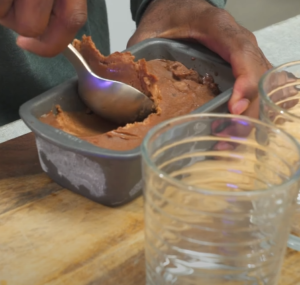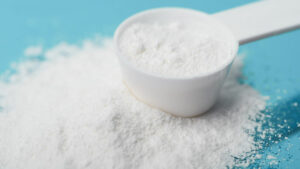The average age of menopause – the changes a woman experiences either just before or after she stops menstruating – in the U.S. is fifty-one – with a spread of occurrence between 48 to 55 years of age.
With the onset of menopause, many women, notes emedicinehealth.com, may experience a variety of symptoms – hormonal changes, loss of bone density, elevated cholesterol, and an increased risk to heart disease.
Menopause also causes, without intervention, a decrease in lean muscle, an increase in fat mass, and a reduction in cardiorespiratory fitness – which may predispose the menopausal woman to insulin resistance and type 2 diabetes. Interventions, which reduce the menopausal female’s metabolic risk, should target these undesirable body composition changes. Research – The Effect of Sprint Interval Training on Body Composition of Postmenopausal Woman – which appeared in the June issue of Medicine & Science in Sports & Exercise, says that one such intervention is aerobic exercise – consisting of 30 to 40 minutes of daily moderate-intensity repeated for three to four weeks over a six month duration.
Compared to aerobic exercise, “sprint interval training (SIT) has resulted in decreased fat loss and increased lean mass in young overweight men and women. For example, a 15-week SIT program was conducted with premenopausal women that included three 20-min sessions per week.”
The female subjects alternated an 8-second sprint with 12 seconds of low-intensity pedaling for 20 minutes, while a separate group performed 40-minutes of aerobic exercise – cycling during each session.
The SIT group lost 2.5 kilograms of subcutaneous fat, whereas steady state aerobic exercise group reported no change – with the SIT women experiencing a 0.6-kilogram increase in lean mass. The lean mass of the steady state exercise group remained unchanged.
Separately, research has also demonstrated that vitamin D receptors (VDR) act to increase muscle protein synthesis (creation) in postmenopausal women. In addition, it’s also known that vitamin D increases intracellular calcium in fat cells, which shifts the metabolism from making fat (lipogenesis) to breaking down fat (lipolysis).
Investigators from the School of Medical Sciences, Faculty of Medicine, University of New South Wales, Australia, decided to determine, if 20-minutes bouts of SIT – alternating 8 seconds of pedaling at 80-85% of maximum heart rate (220-age), with 12 seconds of light pedaling – three times per week over 8 weeks would result in an increased total lean mass, decreased fat mass, and increase aerobic fitness of forty sedentary postmenopausal women between the ages of 47 to 59 years of age.
Prior to participant selection, 7-day dietary and physical activity recalls were administered. Then pre and post study testing included anthropometric data (height, weight, body mass index, waist circumference), resting measures (three-lead electrocardiograph), blood pressure, and fasting glucose – along with DXA scans for body composition determination. Aerobic fitness was assessed by a submaximal exercise test.
The study determined that, “8 weeks of SIT resulted in increased trunk and leg lean mass, decreased total fat mass, and increased aerobic fitness of postmenopausal women, after only 8 hours of actual exercise over 8 weeks.”
Specifically, the increase in lean mass over the study period was 0.7 kilograms – with a 0.4 kilogram reduction in fat mass. Visceral abdominal fat did not demonstrate a significant reduction. However, the aerobic fitness level of the participants improved by 12 percent.
The test results led the investigators to comment that, “these results suggest that a brief interval sprinting program may be efficacious for reversing negative body composition and aerobic fitness decrease in postmenopausal women.”
From a personal perspective, I saw the same positive effects – decreased fat mass, increased lean mass, and an improvement in cardiorespiratory fitness with the postmenopausal women in my hospital-affiliated weight management programs – yielding to an improvement in insulin resistance. In short, they got good at burning versus storing body fat.
Remember, you should always consult your physician before beginning any exercise, diet, or nutritional supplementation program.











